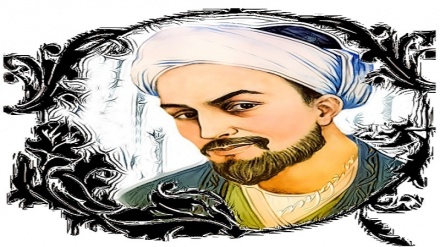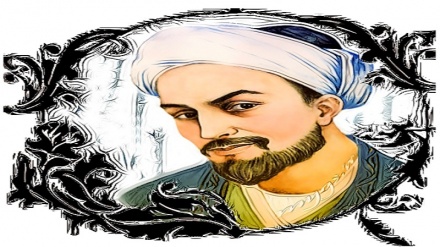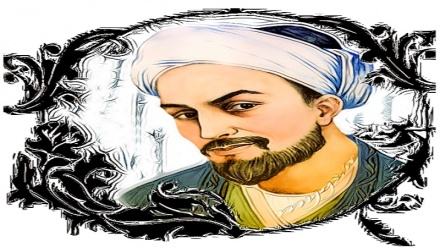Iranian notables, sources of global honor (193)
Welcome to this week's episode of the series "Iranian Notables, Sources of Global Honor". Today, we continue to discuss the lives, works, and thoughts of the renowned and prominent Iranian poet, Taleb Amoli, who lived in the 11th Century AH.
As a reminder, it was said that the famed and prominent Iranian poet, Mohammad Taleb Amoli, was born in the city of Amol in the year 991 AH. He learned the common sciences of his era, and became familiar with the skills of combat and horse riding in his hometown. He left the city of Amol for Kashan in the year 1010 AH. Thereafter, he resided in the cities of Kashan and Isfahan for four years. This period of time marks the most fruitful phase of his life in boosting his literary and scientific knowledge. Later on, he headed for India, while settling in the city of Marv for a while, en-route to his journey to that country. He arrived in India at the age of 25. He traveled to a number of cities in India, seeking someone to support him. Ultimately he won the support of Etemad Ud-Douleh, the then Indian premier and the main administrator of India.
Taleb Amoli succeeded in entering the royal court of Jahangir Shah, becoming the leading poet of this royal court, with the assistance of Etemad Ud-Douleh.
Taleb Amoli passed away aged 45, in the year 1036 AH, a year prior to the demise of the Indian King, Jahangir Shah.
Last week, we studied the linguistic aspects of the poems composed by Taleb Amoli. Today, we pay a glance at his quatrains and research his thoughts within the framework of Farsi poetry.
Quatrains are among the shortest and most beautiful types of Farsi poetry; within which poets partly express their abundant taste and art. It is one of the original and age-old frameworks of poetry, which have been created and established by Iranians, displaying Iranian culture and thoughts. Upon the emergence of quatrains, a revolution took place in Farsi poetry, and delicate quatrains were created by grand Iranian poets, turning quatrains into one of the unique types of poetry.
This type of poetry especially became highly popular among Iranian philosophers and mystics. According to a well-known expert, quatrains provided the best framework for expression of mystical definitions. In fact, it can be said that quatrains in Farsi literature have been allocated for mystical and philosophical themes. This type of poetry maintains the capacity for expression of the poet's emotions and thoughts in the shortest possible time in an outspoken and transparent manner. Prominent mystical figures such as Khajeh Abdullah Ansari, Abul-Hassan Khargani, and Abu-Saeed Abul-Khair have made use of quatrains for expression of their thoughts and standpoints.
The popularity of quatrains declined as of 8th Century AH. Within the territory of Indian poetic style, quatrains did not play a prominent role, given that the poets who followed this poetic style mainly focused upon odes. Hence, poets such as Taleb Amoli are recognized among the ones who safeguarded and protected quatrains in Farsi poems throughout the 11th Century AH.
The beliefs of an artist shape his thoughts, and his thoughts are the outcome of his findings and experiences. The poet composes poems, aiming to express his thoughts, to communicate with others, and to compel the readers to think and contemplate.
In Taleb's collection of poems, which consists of 23,000 lines of poetry, there are seven hundred quatrains; one third of which revolve round emotional bonds.
MR/ME


